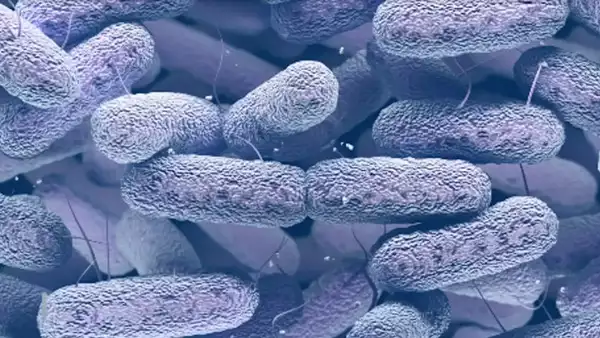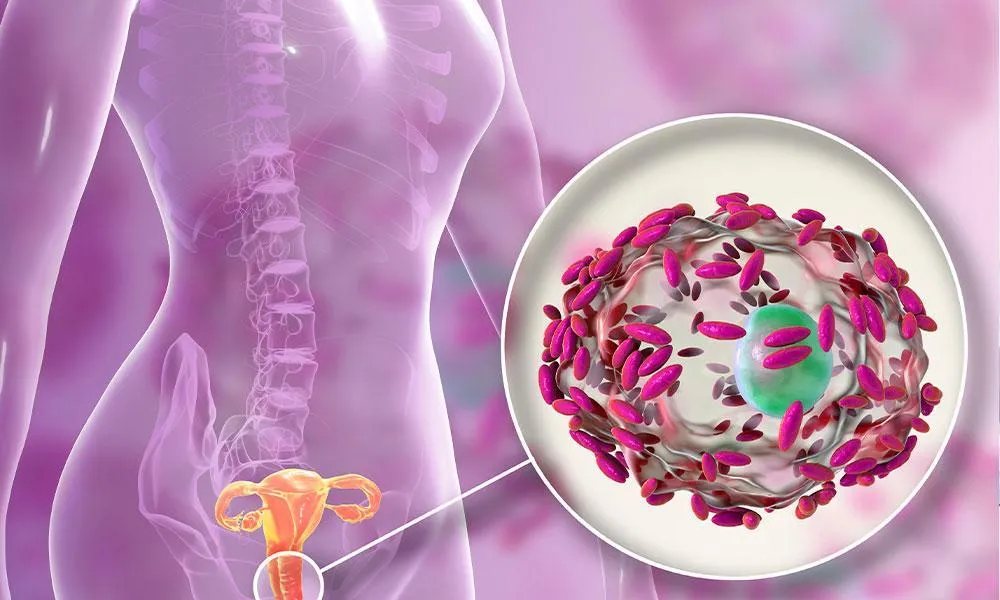The U.S. Food and Drug Administration (FDA) recently released updated guidance on the acceptable levels of lead in baby food, a move that has sparked outrage and concern from health advocates, parents, and medical experts alike. While the FDA’s intention is to protect children from the harmful effects of lead exposure, critics argue that the new regulations fall short in providing sufficient protection for vulnerable infants and children. With lead exposure known to cause significant health problems, especially for young children, the debate surrounding these guidelines has become a critical issue in public health circles.
1. Understanding Lead Exposure and Its Health Risks
Lead is a toxic heavy metal that can have severe health consequences, particularly for young children. Exposure to lead, even at low levels, can interfere with the development of the brain and nervous system. It is well-documented that lead exposure in children can result in cognitive deficits, behavioral issues, developmental delays, and lower IQ. In extreme cases, lead poisoning can cause seizures, coma, and death.
For infants, the risks are even more pronounced, as their developing bodies are more vulnerable to the harmful effects of lead. Babies are especially at risk because they are often exposed to lead through food, as they consume higher quantities relative to their body weight. Lead can enter food through various channels, including contaminated soil, water, and the materials used in food processing.
2. The FDA’s Role in Regulating Lead Levels in Baby Food
The FDA is tasked with ensuring that food products, including baby food, are safe for consumption. The agency sets guidelines for various food contaminants, including lead. Over the years, the FDA has implemented various measures to limit the amount of lead that can be present in food products. However, critics argue that the FDA’s regulations have often been slow to address emerging concerns about lead contamination in baby food.
In response to growing public concern about lead in baby food, the FDA issued new guidance aimed at reducing the amount of lead in food products intended for infants and young children. The new guidelines are part of the FDA’s ongoing efforts to address lead exposure, following years of advocacy from health groups and consumer organizations. The FDA’s aim is to ensure that lead levels in baby food are as low as possible, but the guidelines are being met with mixed reactions.
3. The Controversy: Are the FDA’s Lead Levels Sufficiently Protective?
Health advocates have expressed disappointment with the FDA’s new guidance, arguing that the permissible lead levels for baby food remain too high and still pose a significant risk to children’s health. The FDA has set limits for lead in various food categories, including baby food, but advocates are calling for stricter measures to ensure that young children are not exposed to harmful levels of this toxic metal.
One of the primary concerns is the continued presence of lead in food products despite decades of scientific research that underscores its dangers, particularly for children. While the FDA has acknowledged that lead is harmful, critics argue that the agency’s guidelines do not go far enough in addressing the ongoing risks.
The new guidelines set maximum levels of lead for specific types of baby food, such as fruit juices, baby food jars, and cereals. However, the levels allowed by the FDA are still higher than what health experts believe is acceptable. Advocacy groups such as the Environmental Defense Fund (EDF) and the American Academy of Pediatrics (AAP) have called for lower lead thresholds, particularly in baby food, given the sensitivity of young children to lead exposure.
4. What Health Advocates Are Saying
Health advocates and consumer protection groups argue that the FDA’s proposed lead levels are too lenient, especially in light of the science linking lead exposure to a variety of health problems in children. Many experts believe that even trace amounts of lead in food can be harmful to children’s developing brains.
The AAP, a leading organization of pediatricians, has been vocal in its criticism of the FDA’s guidelines. The AAP points to numerous studies showing that no amount of lead is safe for children and that even small amounts can cause long-term damage to cognitive development. The AAP has called for stronger regulations and for the FDA to set much lower thresholds for lead levels in baby food.
Environmental groups like EDF have also expressed dissatisfaction with the new FDA guidelines, calling them insufficient in protecting public health. They argue that the FDA’s reliance on industry standards and voluntary compliance will not address the systemic problems of lead contamination in food supply chains. EDF has urged the FDA to adopt stricter standards, similar to those used in Europe, where regulations on lead in food are more stringent.
In addition, consumer advocacy groups such as Consumer Reports have been vocal about the need for tighter regulations on lead levels in baby food. They argue that the FDA’s guidelines are not aligned with the best available science on lead exposure and child health.
5. The FDA’s Rationale and the Path Forward
In defense of its guidelines, the FDA has stated that its recommendations are based on extensive research and data, and that they represent a balanced approach to protecting children while also taking into account practical considerations related to food safety and availability. The FDA also points out that the lead levels it allows are set based on the current levels of contamination that are commonly found in baby food products and the realities of food production.
The FDA has committed to ongoing monitoring and research to ensure that lead levels in baby food are kept as low as possible. It has emphasized that the guidelines are not the final word on the issue, but part of a broader strategy to reduce lead exposure over time. The FDA has also promised to work with industry stakeholders to improve practices and to ensure that the guidelines are implemented effectively.
While the FDA’s position is that the new guidelines represent a step in the right direction, many health advocates argue that stronger action is needed. They are pushing for tighter lead standards, better enforcement, and greater transparency in the food industry to reduce the risk of contamination in baby food products.
6. Public Response and Call for Stronger Action
The public response to the FDA’s guidelines has been mixed, with many parents and caregivers expressing frustration that the agency has not done enough to protect their children from the risks of lead exposure. Some parents argue that the FDA’s guidelines send the wrong message by suggesting that small amounts of lead in food are acceptable, even if they may still pose health risks.
Many consumer groups are calling for stronger action, such as mandatory testing of baby food products for lead, stricter limits on the amount of lead allowed in food, and greater transparency regarding the sources of lead contamination. These groups are advocating for the FDA to prioritize the health of children over industry concerns and to implement stricter regulations to reduce lead exposure in the food supply.
7. What Needs to Be Done: Stricter Regulations and Better Practices
Given the concerns raised by health advocates, it is clear that more needs to be done to address lead contamination in baby food. Experts agree that reducing lead exposure to zero is the ideal goal, as there is no safe level of lead for children.
Several steps can be taken to improve the situation, including:
- Stricter Limits on Lead Levels: The FDA could revise its guidelines to set lower acceptable limits for lead in baby food, in line with the best available scientific evidence.
- Better Industry Practices: The FDA could work more closely with food manufacturers to improve the practices that lead to contamination and encourage the use of safer materials in food production.
- Increased Testing and Transparency: The FDA could mandate more frequent testing of baby food products and require manufacturers to disclose the results to the public, ensuring greater accountability and consumer confidence.
- Public Awareness Campaigns: Health organizations could work with the FDA to increase awareness among parents about the risks of lead exposure and ways to reduce it, such as by avoiding certain types of baby food products.
The Need for Stronger Action
While the FDA’s new guidelines on lead levels in baby food are a step forward, they are not enough to protect children from the risks of lead exposure. Health advocates, parents, and medical experts are calling for stronger regulations and more effective action to reduce lead contamination in food products. With lead posing a serious threat to the health and development of young children, it is crucial that the FDA take a more proactive approach to ensure that baby food is safe and free from harmful contaminants.
As the debate continues, it is clear that addressing the issue of lead in baby food requires collaboration between the FDA, industry stakeholders, and public health organizations. Only through stronger regulations, better practices, and increased public awareness can we protect our most vulnerable population—our children—from the dangers of lead exposure.























